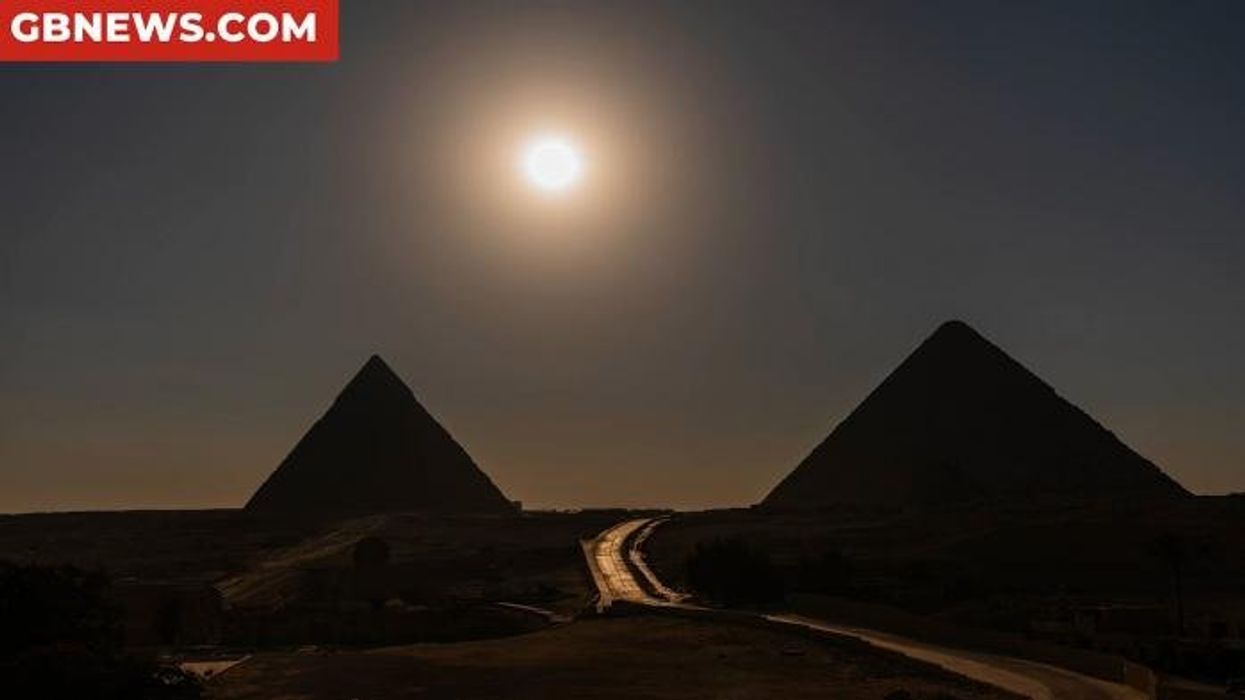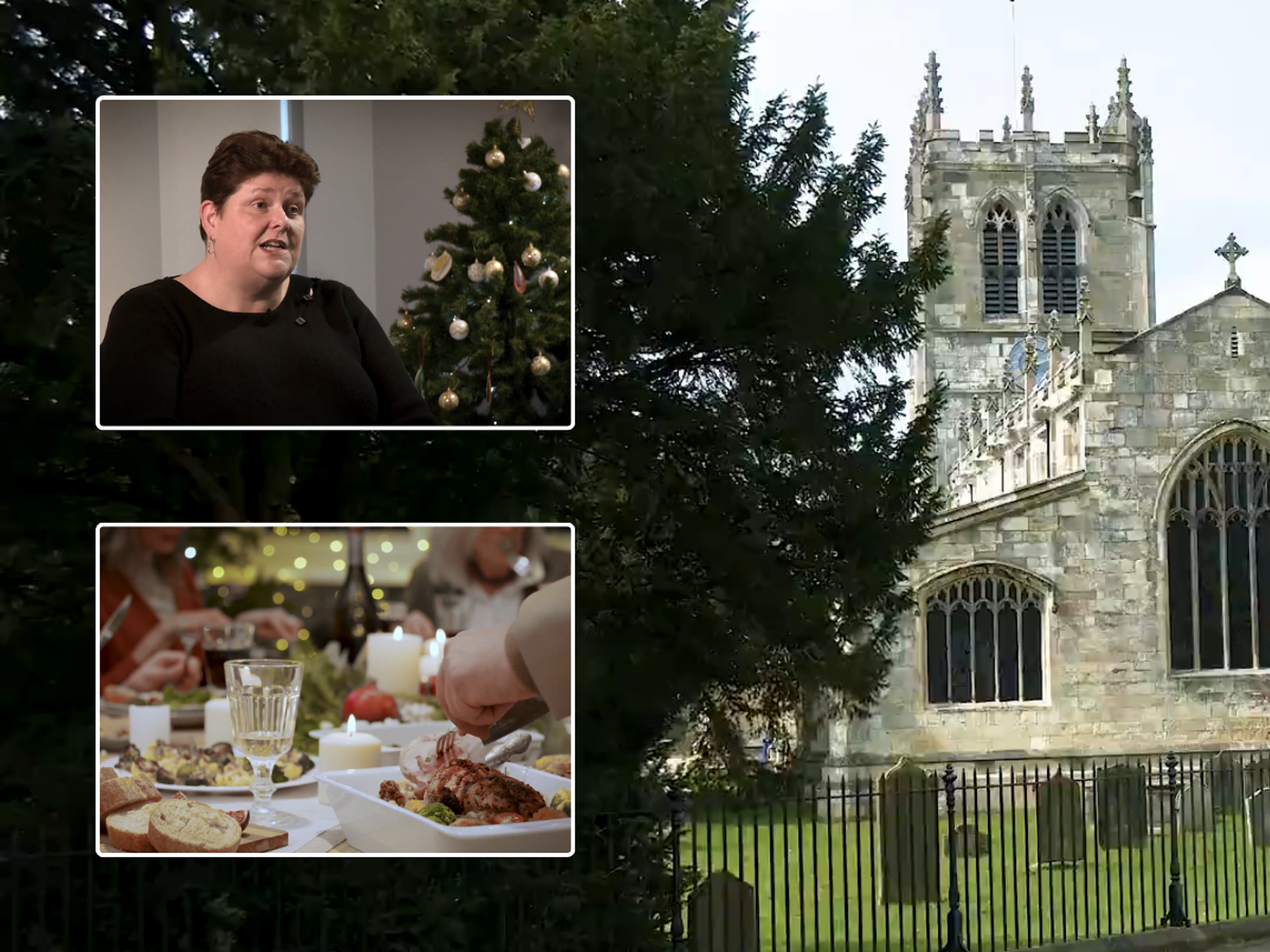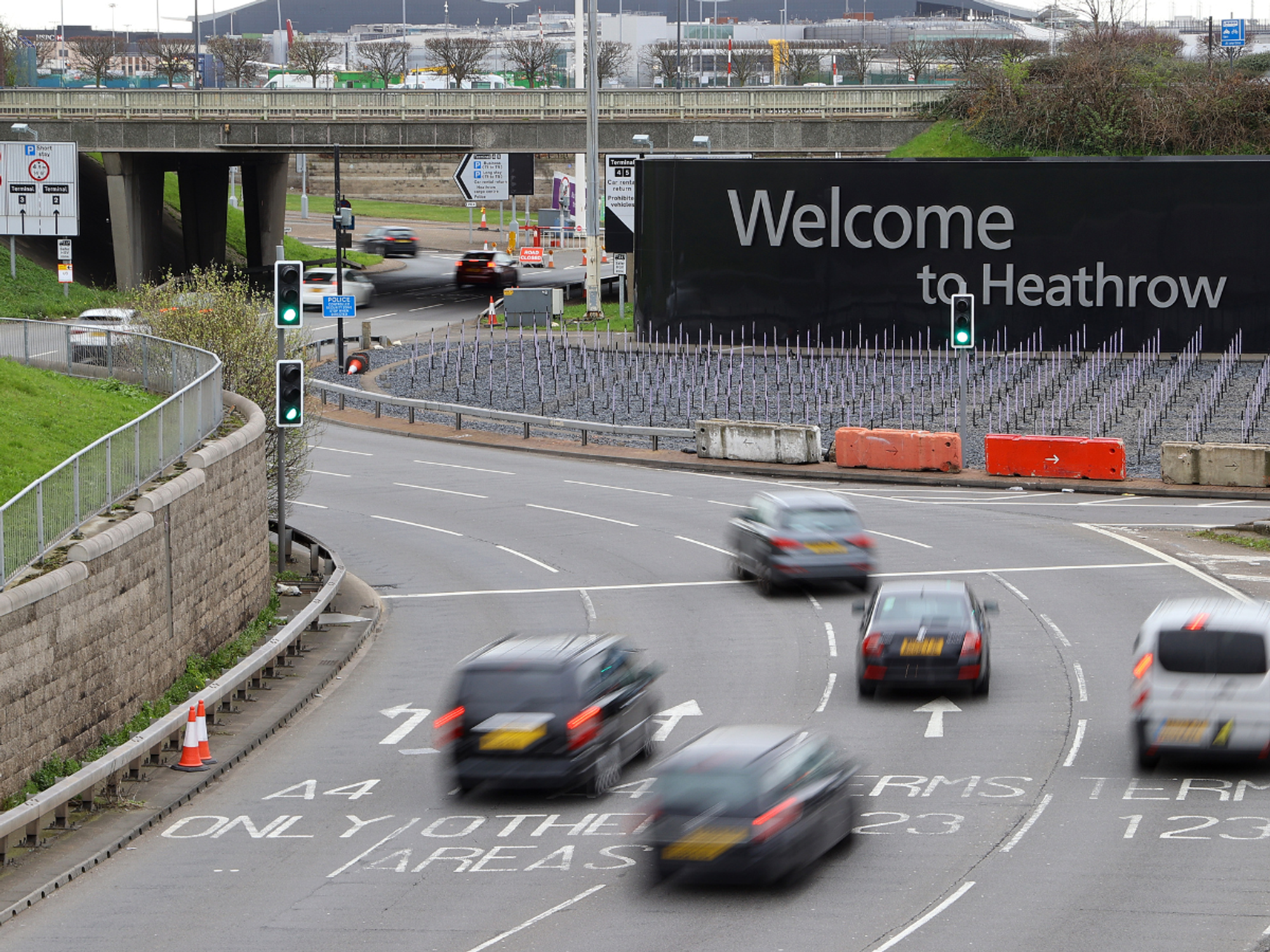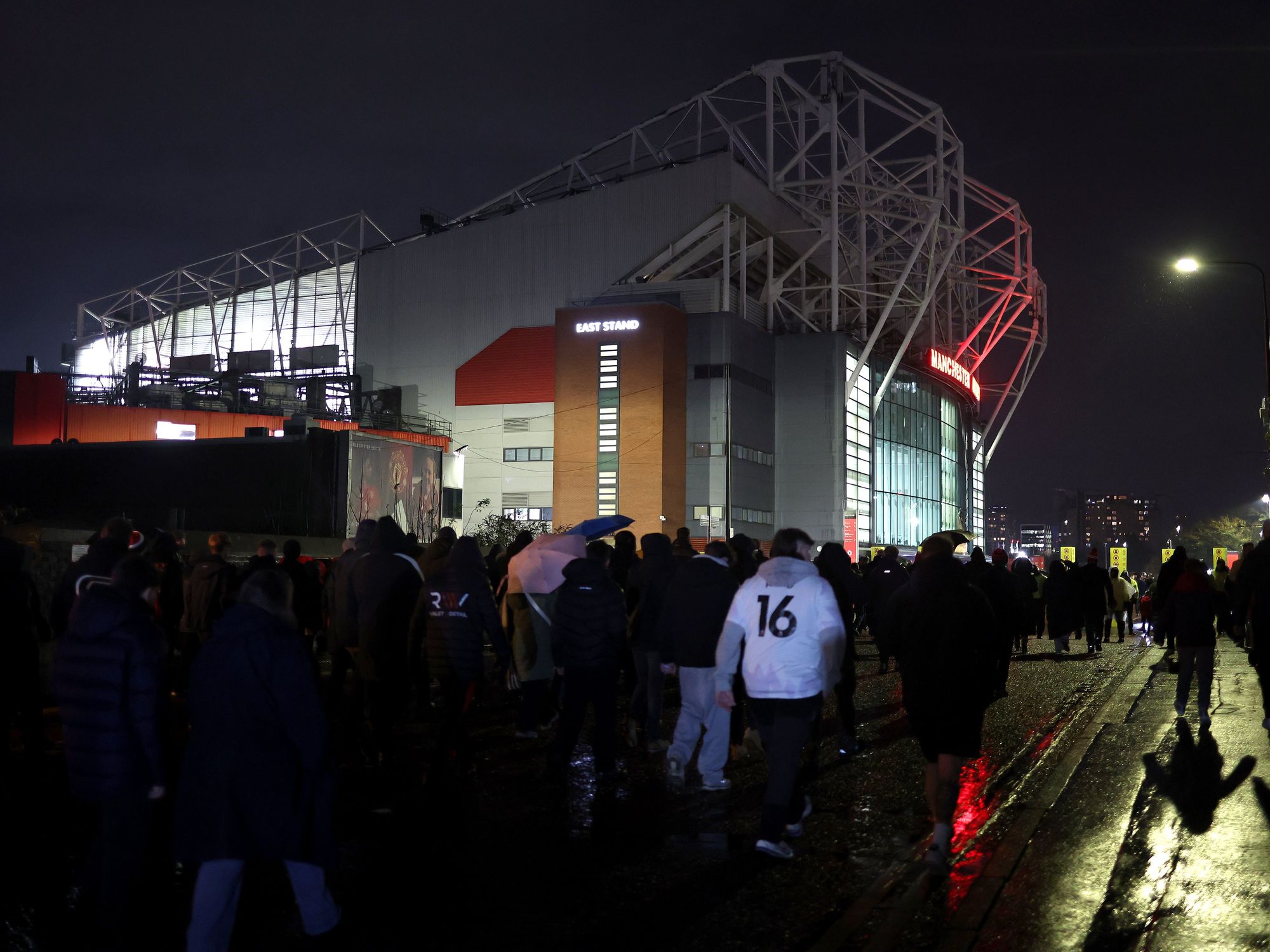Tutankhamun's tomb at risk of COLLAPSE as major fracture opens up across the ceiling
One archaeologist said they are 'deeply saddened by the state of the tomb'
Don't Miss
Most Read
Latest
The tomb of Tutankhamun is at risk of collapse as a major fracture has opened up across the ceiling.
Structural damage has reached critical levels more than a century after Howard Carter's historic find, with extensive fractures spreading throughout the chambers and corridors.
Moisture infiltration has caused a series of fungal contaminations, which are damaging the ancient artwork, while the vibrant pigments of the wall decorations continue to deteriorate.
The smallest of the royal burial sites in the Valley of the Kings now exhibits widespread ceiling fractures, with stone layers separating due to excessive moisture exposure.
TRENDING
Stories
Videos
Your Say
This accelerating decay is the gravest threat to the tomb's survival since its unsealing, according to preservation specialists monitoring the site's condition.
In a recent study published in Nature's npj Heritage Science journal, Sayed Hemeda, Professor of Preservation of Architectural Heritage at Cairo University, wrote that Tutankhamun's tomb is suffering from compromised structural integrity.
A significant structural fault now extends through both the burial chamber's ceiling and the tomb's entrance, creating pathways for water infiltration during rainfall.
This primary fracture has generated multiple secondary cracks throughout the structure, compromising its stability.
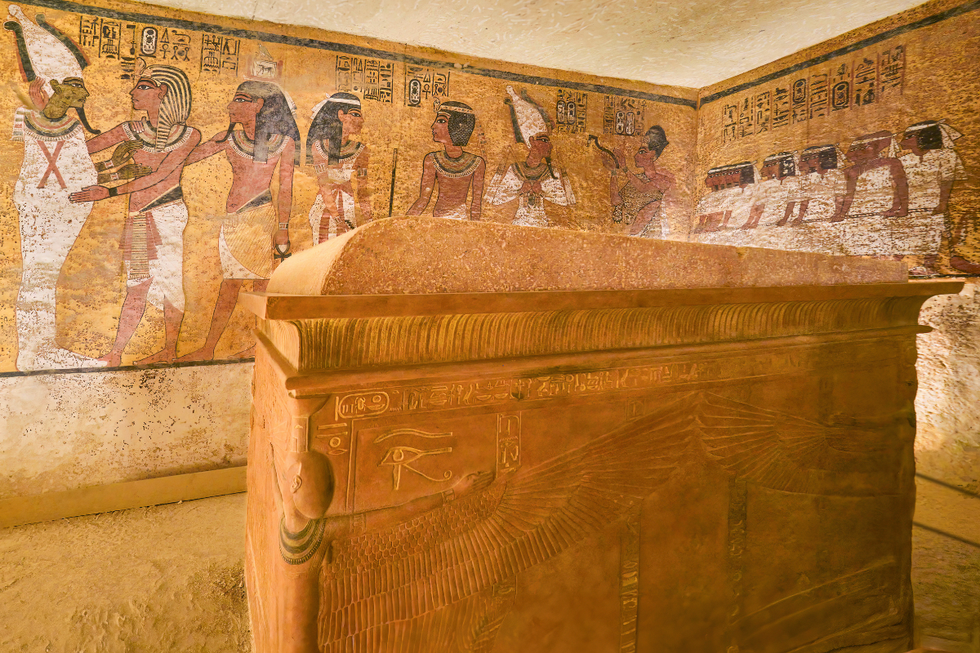
Archaeologists have raised concerns about the condition of Tutankhamun's tomb
| GETTYA devastating flood in 1994 marked a catastrophic shift in the tomb's preservation trajectory.
Torrential waters swept through the Valley of the Kings, depositing sediment throughout the ancient burial sites and dramatically elevating moisture levels within the underground chambers.
This environmental disaster created ideal conditions for destructive microorganisms to proliferate across the decorated surfaces.
The surge in humidity following the deluge enabled widespread fungal colonisation that began consuming the irreplaceable wall paintings.
LATEST DEVELOPMENTS:
Professor Mohamed Atia Hawash from Cairo University's Faculty of Archaeology explained that previous warnings about emerging fractures and flood risks have prompted no meaningful response.
"We have the ability to monitor risks scientifically, but the absence of a culture of prevention means we only react after disaster strikes," he told Independent Arabia.
He warned that the surrounding mountains exhibit extensive fissuring that threatens Tutankhamun's resting place and neighbouring sites, including Queen Hatshepsut's mortuary temple at Deir el-Bahari.
These geological instabilities could trigger rockfalls onto the tombs below, yet authorities continue demonstrating troubling inertia.
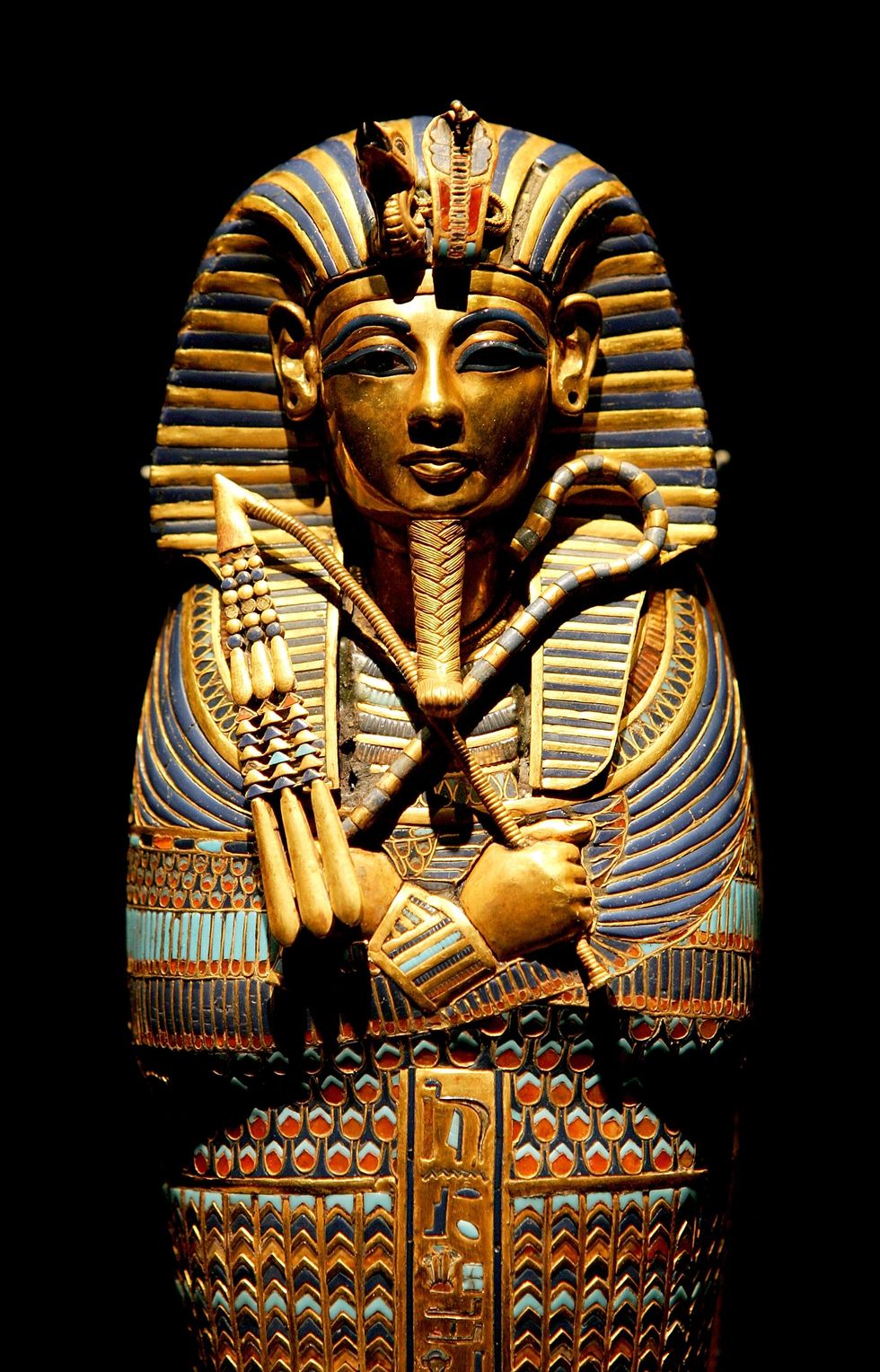
Archaeologists have called for a dedicated risk-monitoring organisation around Tutankhamun's tomb
| GETTYEmad Mahdi from the Egyptian Archaeologists' Union insists that "a high-level expert committee should be formed immediately to analyse the site geologically and archaeologically, assess the impact on the wall inscriptions, develop a precise risk profile, and prepare an urgent report for the highest authorities to enable swift action to save it".
Practical preservation measures could include installing temporary internal supports that maintain the tomb's historical integrity whilst preventing catastrophic failure.
"As an archaeologist, I am deeply saddened by the state of the tomb," Mr Mahdi stated, calling for a dedicated risk-monitoring organisation staffed by academic experts to produce regular safety assessments and intervention protocols.
Professor Hawash advocates reducing structural loads on the mountain above KV62 and establishing continuous monitoring systems.
Our Standards: The GB News Editorial Charter


